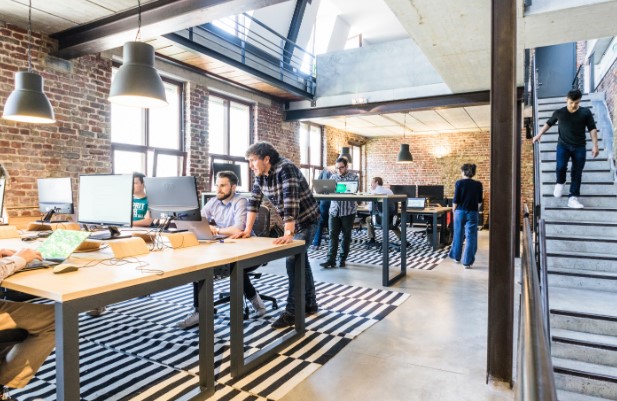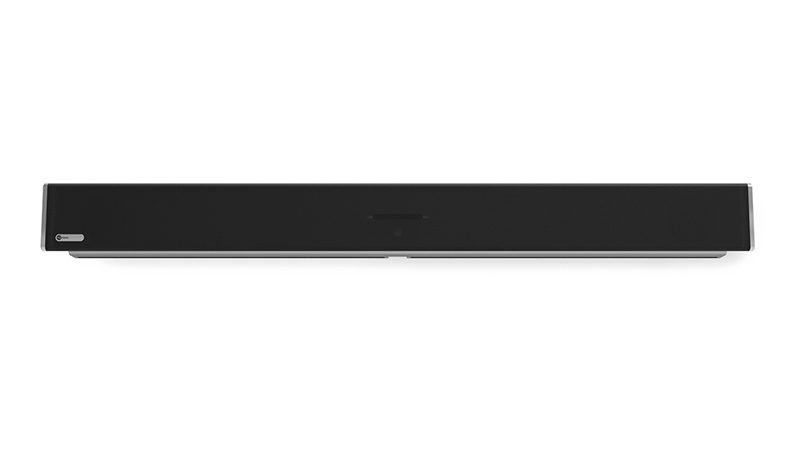
Evolving the Workplace for higher Productivity
The workplace is changing, increasing pressure on businesses to provide working environments that empower their employees.
How Workplace Design boosts Productivity
The workplace is changing. More and more companies are recognising the fact that to create a highly engaged and productive workforce, they need to provide a working environment that’s tailored to help employees to do their job most effectively. This often means creating a range of different types of physical space to reflect different kinds of work such as meeting areas, desk spaces and informal seating. What’s more, they want employees to feel comfortable which means creating aesthetically pleasing environments and personal touches such as branded coffees and teas. It’s all about getting the best from employees when they’re in the office.
Listening to internal customers
However, it’s not just the physical space that needs careful consideration. In the past, technology decisions were made by the IT/AV department without consulting users or understanding the tasks being performed. But more progressive companies are changing the way they design the technology infrastructure by involving users to understand not only what they do but how they work together. They know that the key to designing productive environments for employees is to understand user needs and work with them to understand how technology can support them in their role. This isn’t always comfortable for IT managers because it means walking in the shoes of their internal customers, understanding their challenges and thinking about solutions that will make a real difference. It’s important that IT and Facilities Managers work together to develop innovative solutions that combine the design of physical space and technology to create great workplace environments.
Aligning onsite and remote working
There’s also an increasing need to blend onsite working with remote working. Companies want the best people regardless of location so they need the flexibility to bring virtual teams together easily, quickly and cost-effectively. They need workplace environments that enable people based in other locations to fully engage with their onsite colleagues in meetings and workshops.
Last but not least, organisations need to monitor the environment to ensure that it’s continuing to deliver productivity benefits to the business. They need to monitor and be able to make changes so that the workplace evolves in line with the business as it develops.
There are some truly innovative technologies available now and they can help businesses to create and manage a highly productive workplace. These include:
• The Nureva Span solution for project/ideation/collaboration rooms
• HDL300 to support audio pickup for video calls with tools like MS Teams and Zoom regardless of design/furniture configuration
• GoBright to ensure desks, meeting rooms and other resources are available to the users as they move around the workplace
These are just examples; Workplace House is a great place to visit to get fresh ideas and understand how an integrated workplace can be achieved.
Environments that empower
The identification of appropriate technology tools requires a combination of understanding what users do, the size and design of the physical space and ultimately what tasks will be performed. Activity-based working provides a good “framework” to follow but the trick is how design, technology, people and processes can be combined to offer the users the ability to thrive. For example, many organisations are adopting Agile and Scrum to improve teamwork and productivity. Although the original ideas started with software development forward-thinking organisations now want to introduce Agile across other teams in marketing, HR, sales and more. Giving users access to a tool that enables voice and video communication is not enough to achieve this at scale and the design of physical workspaces needs to reflect these business processes.
Organisations that get this right can support Agile working, enhanced physical office spaces and ultimately boost staff happiness and retention whilst reducing the amount of real estate that needs to be dedicated to supporting the workforce.
